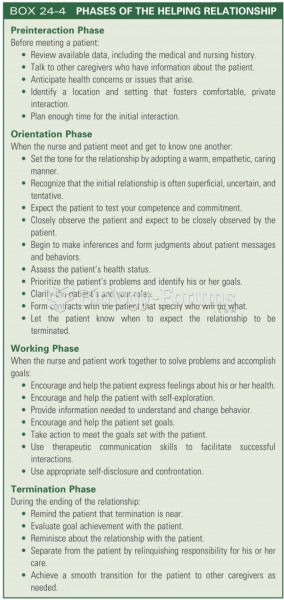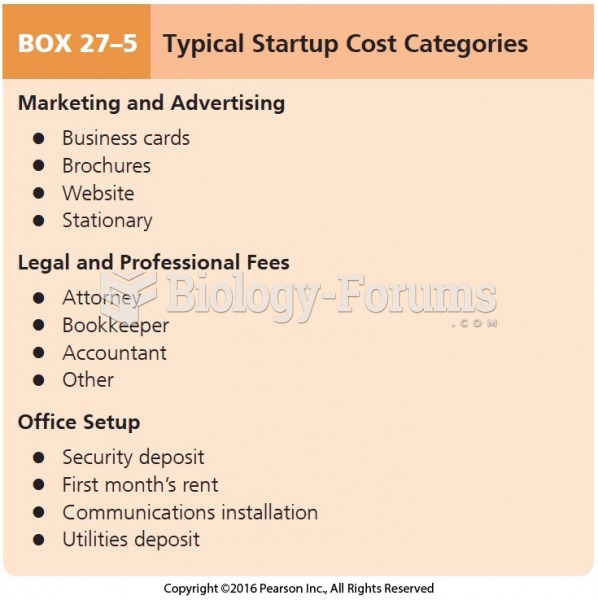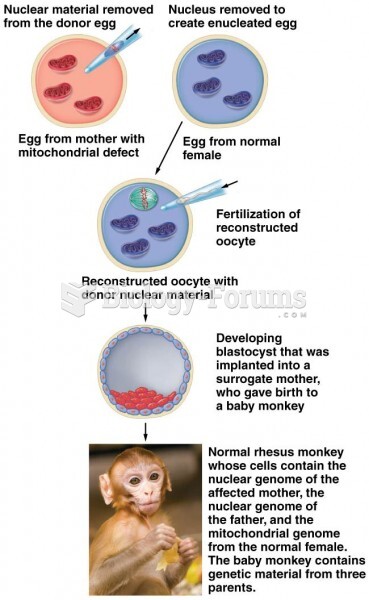Answer to Question 1
1. In the following table, work backward from operating income to calculate the selling price.
Selling price 9.36 (plug)
Less: Variable cost per unit 4.00
Unit contribution margin 5.36
Number of units produced and sold 500,000 units
Contribution margin 2,680,000
Less: Fixed costs 2,500,000
Operating income 180,000
a) Total sales revenue = 9.36 500,000 units = 4,680,000
b) Selling price = 9.36 (from above)
Alternatively,
Operating income 180,000
Add fixed costs 2,500,000
Contribution margin 2,680,000
Add variable costs (4.0 500,000 units) 2,000,000
Sales revenue 4,680,000
c) Rate of return on investment =
d) Markup on full cost
Total cost = (4 500,000 units) + 2,500,000 = 4,500,000
Unit cost =
Markup =
Or
2. New fixed costs =2,500,000 225,000 = 2,275,000
New variable costs = 4.00 0.30 = 3.70
New total costs = (3.70 500,000 units) + 2,275,000 = 4,125,000
New total sales (4 markup) = 4,125,000 1.04 = 4,290,000
New selling price = 4,290,000 500,000 units = 8.58
Alternatively,
New unit cost = 4,125,000 500,000 units = 8.25
New selling price = 8.25 1.04 = 8.58
3. New units sold = 500,000 units 95 = 475,000 units
Budgeted Operating Income
for the Year Ending December 31, 20xx
Revenues (8.58 475,000 units)
4,075,500
Variable costs (3.70 475,000 units)
1,757,500
Contribution margin 2,318,000
Fixed costs 2,275,000
Operating income 43,000
4. The CEO has not considered customers in these pricing decisions. Will customers continue to want the product at these prices? What are competitors doing? The CEO should take a more market-based approach to pricing.
The CEO should also think about the effect of cost cutting on employee participation and morale and whether the cuts are falling disproportionately on any specific value-chain function.
Answer to Question 2
False







